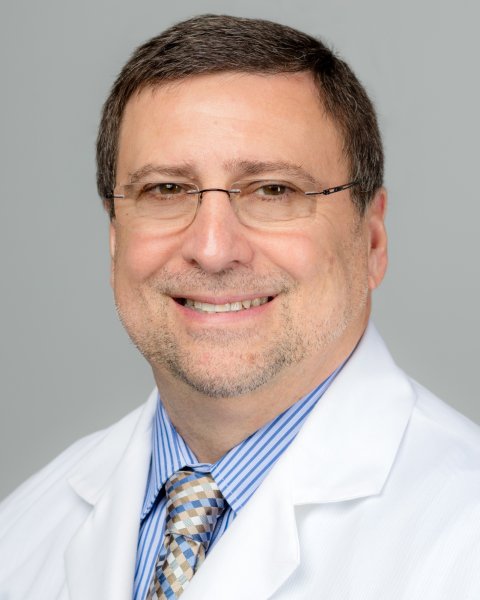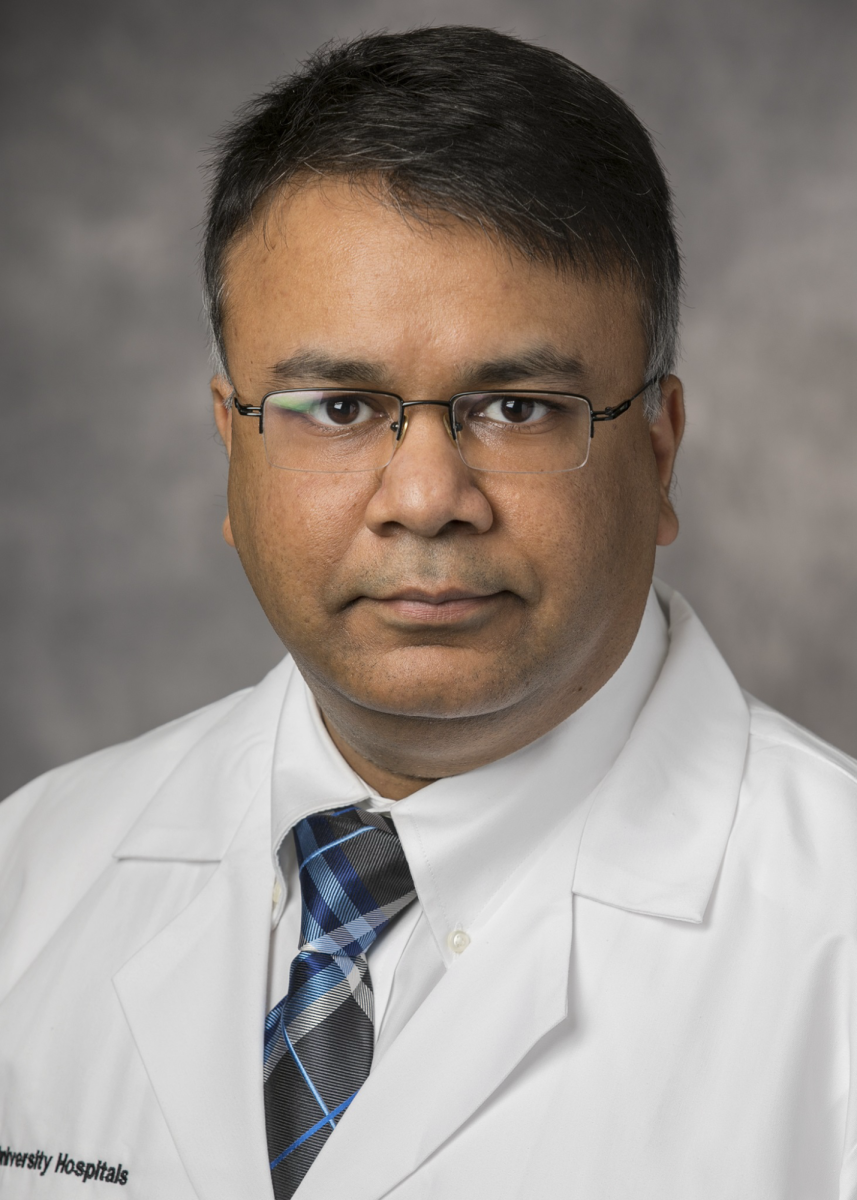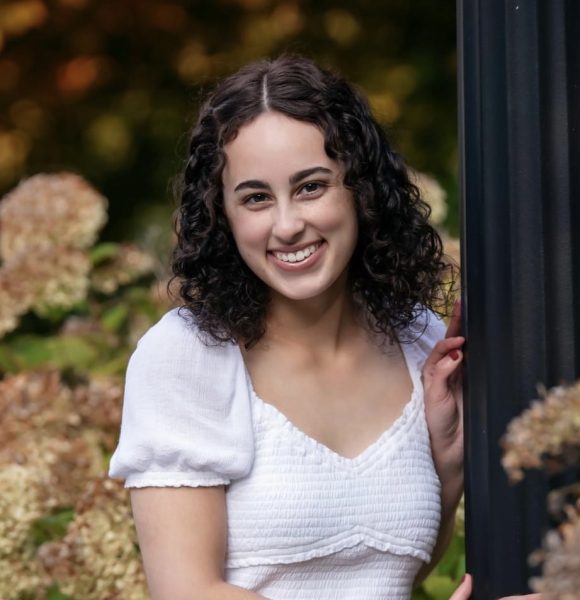Kent State professors studying different types of immunotherapy as treatments for cancer have made advancements recently, hoping to contribute to the development of less invasive cancer treatments.
Immunotherapy treatment manipulates the immune system to break down cancer cells, said Dr. Ankit Mangla, a medical oncologist with the University Hospitals Seidman Cancer Center and assistant professor at Case Western Reserve University’s School of Medicine.
A cancer cell tries to hide itself from the immune system and creates a microenvironment around T cells, the principal fighting cells in the body. This dampens the immune response and doesn’t allow the T cells to work properly.
“That’s when they grow, and that’s what immunotherapy is all about,” Mangla said.
The treatment works by maximizing the exposure of cancer antigens to T cells, ultimately forcing them to engage and break down the cancer cells.
A study recently published in Light: Science & Applications — done by Quan Li, a materials science adjunct professor and senior research fellow, and a research team — looked into the use of photoimmunotherapy in breaking down cancer cells. Li did not respond for comment.
Mangla, who does immunotherapy-related research, said the approach in this study uses a lysosome-targeted nanoplatform, or nanoscale materials that will agitate the lysosomes in a cancer cell so it will die.
“Tumor mass is not completely made up of just cancer cells,” Mangla said. “It is a whole milieu of other cells and cytokines that are stabilizing that environment in which the cancer cells can grow. … When they bring it in contact with light, that’s how it starts breaking down the cancer cell.”
Once the cancer cell dies, it releases the antigens inside it for T cells to capture them.
Another collaboration between Gary Koski, a biological sciences professor, and Dr. Brian Czerniecki, chair and senior member in the Moffitt Cancer Center’s Department of Breast Oncology, looks into immune therapy using vaccines.

Currently, they are testing it on metastatic breast cancer, but the treatment can also work on any kind of metastatic tumor, Czerniecki said. Koski was not available for comment.
“The therapy itself actually can potentially replace chemotherapy,” Czerniecki said. “We’re actually going to be doing a trial shortly where we do use it as a replacement for chemotherapy and only give chemotherapy to the person if they don’t really respond that well to the immune therapy.”
He said most patients like this therapy better than chemotherapy because they do not get as many harsh side effects, and they don’t lose their hair. They may get flu-like symptoms for an evening or a bit of their day, but no long-term issues.
“If that one trial works where we give it before chemo, it could be a mainstream treatment for HER2 breast cancer as a primary,” Czerniecki said. “We’re even trying to do prevention using some of the things that we use to activate that cell therapy injected directly into the breast itself so you don’t even have to give those cells, so we can do it for prevention.”
Mangla said immunotherapy as a cancer treatment is not a new concept, but researchers continue to find ways to enhance it.
“One of the biggest advantages of giving immunotherapy is that it is not consistent in giving side effects to everybody,” he said. “But with chemotherapy, we have to restrict patients because we know immune systems will be compromised, there’s a high risk of infections, and then there’s also these other things that compromise quality of life.”
These types of therapies take years to develop and get approved. Czerniecki said what he and Koski are working on would take about five years before it could become mainstream.
Mangla said an ideal drug development for something like photoimmunotherapy could take up to 10 years.
Even so, research like this brings Mangla hope for a future of patient specific cancer treatment.
“We hope there will be a day when you can extract these tumors out of humans, out of patients, and basically design a platform for them which is specifically to their need, rather than having a nonspecific kind of a treatment,” he said.
Lauren Cohen is a general assignment editor. Contact her at [email protected].



